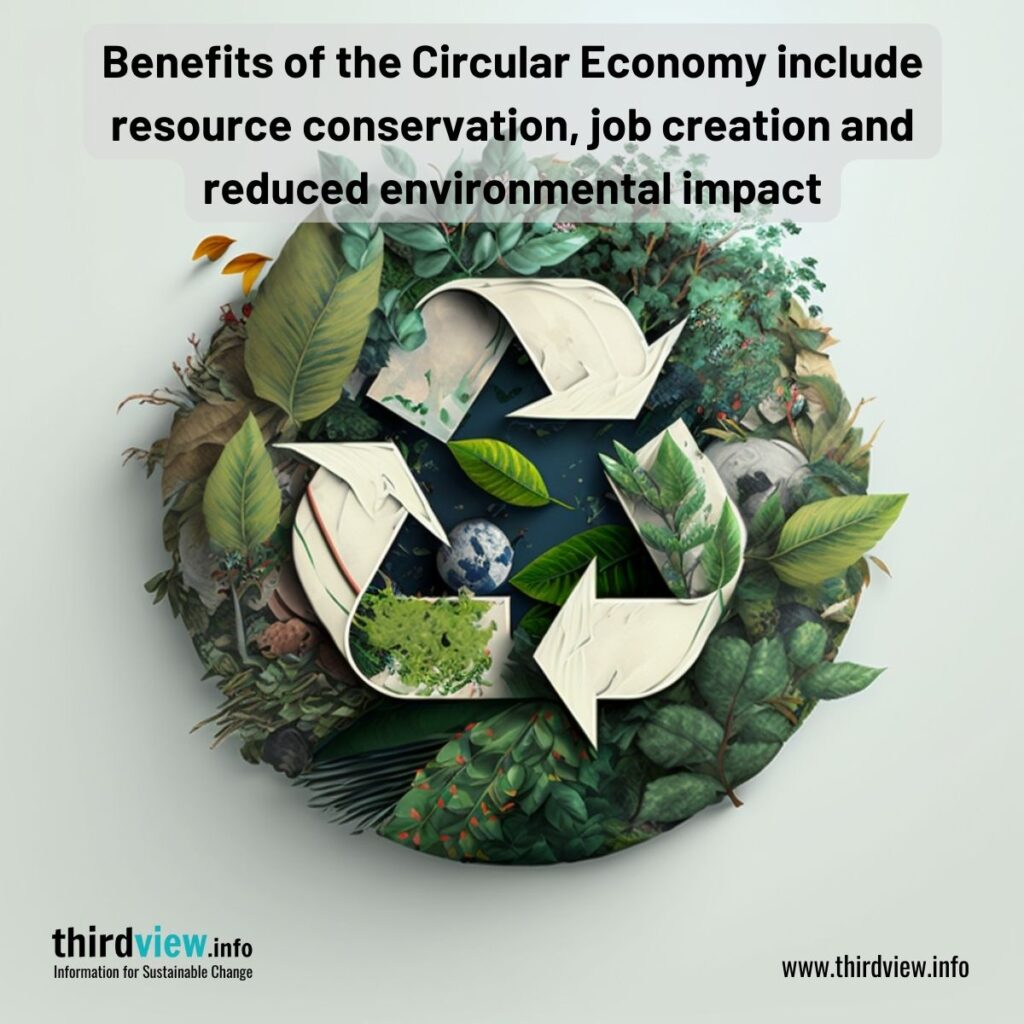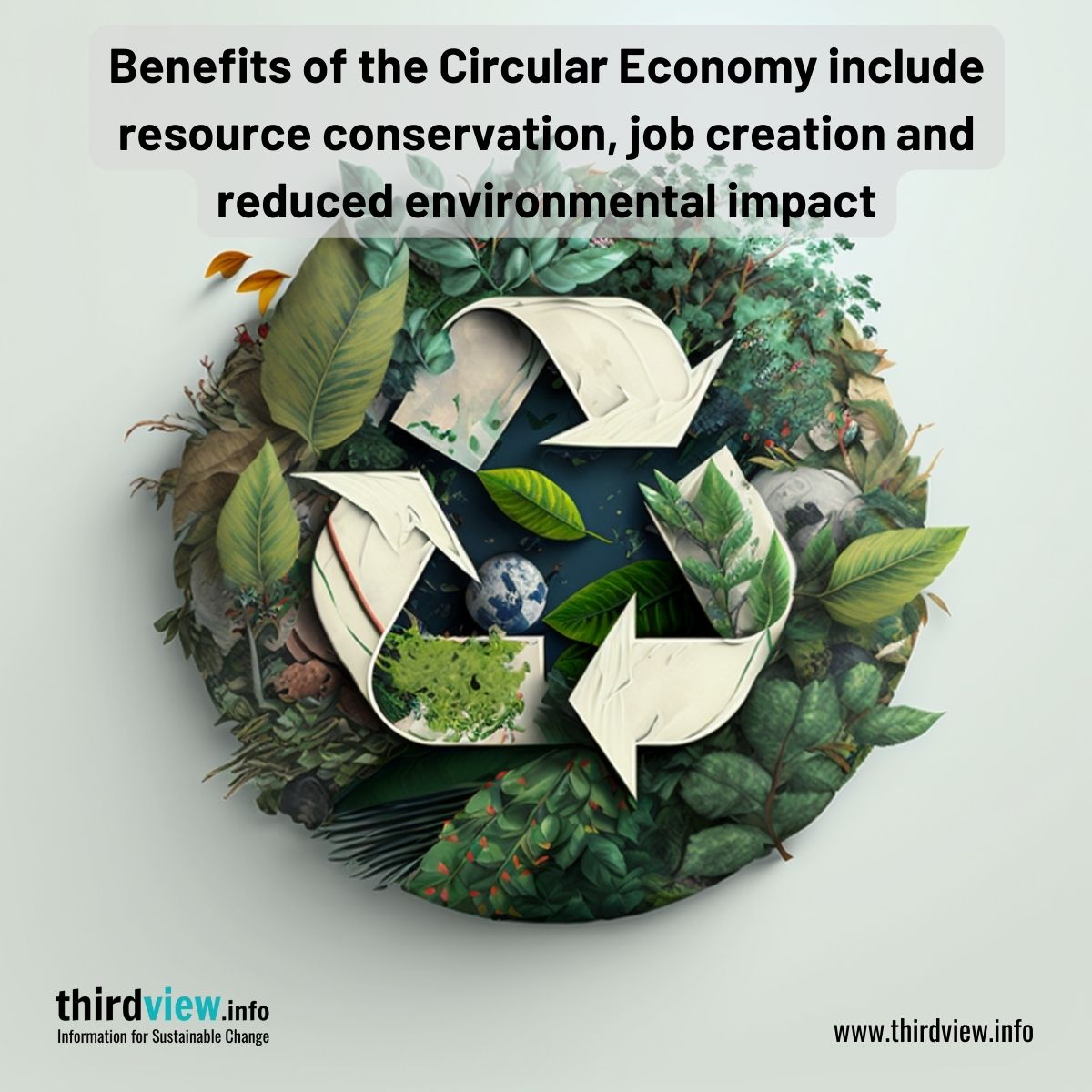The circular economy is a concept that is gaining traction in today’s world. It is based on the idea of designing products so that they can be reused, repurposed, or recycled. This way, instead of throwing away old products, they can be reused or recycled in order to reduce our impact on the environment. In this blog post, we will introduce you to what the circular economy is and why it matters for businesses and individuals.
What is a circular economy?
A circular economy shifts the traditional linear economic model (consume, dispose) to one of regeneration (reuse, renew). This means that instead of simply producing products and disposing of them after they are no longer usable or valuable, resources are kept in circulation for as long as possible by reusing them or renewing them with new components. The idea behind this approach is to reduce waste and maximize resource efficiency while still meeting customer needs.
How can it be implemented?
The primary goal of a circular economy is to create an efficient system that reduces waste and conserves resources. There are several strategies that can be used to implement a circular economy, such as product design for reuse or repairability, closed-loop production processes (whereby raw materials are reused or repurposed within the same production process), shared ownership models (whereby companies share ownership of products rather than selling them outright), and leasing models (whereby companies lease products instead of selling them). All these strategies have the potential to dramatically reduce waste, conserve resources, and create more efficient production processes.
Why should it be adopted?
Adopting a circular economy offers numerous benefits both to businesses and consumers alike. For businesses, it increases efficiency by reducing costs associated with acquiring new raw materials while also increasing customer loyalty through shared ownership models or leasing options. For consumers, it means less waste generated from their purchases and access to more sustainable products that can last longer. Most importantly, adopting a circular economy can help protect our environment by reducing pollution caused by discarded items entering landfills or polluting our waterways.
A circular economy offers numerous benefits over traditional linear models of production and consumption—including increased efficiency and sustainability—and it is becoming increasingly popular among both businesses and consumers alike. By implementing strategies such as product design for reuse or repairability, closed-loop production processes, shared ownership models, or leasing options businesses can reap all the advantages associated with this innovative approach without compromising on quality or customer service. Now is the time to start taking advantage of all that a circular economy has to offer.


